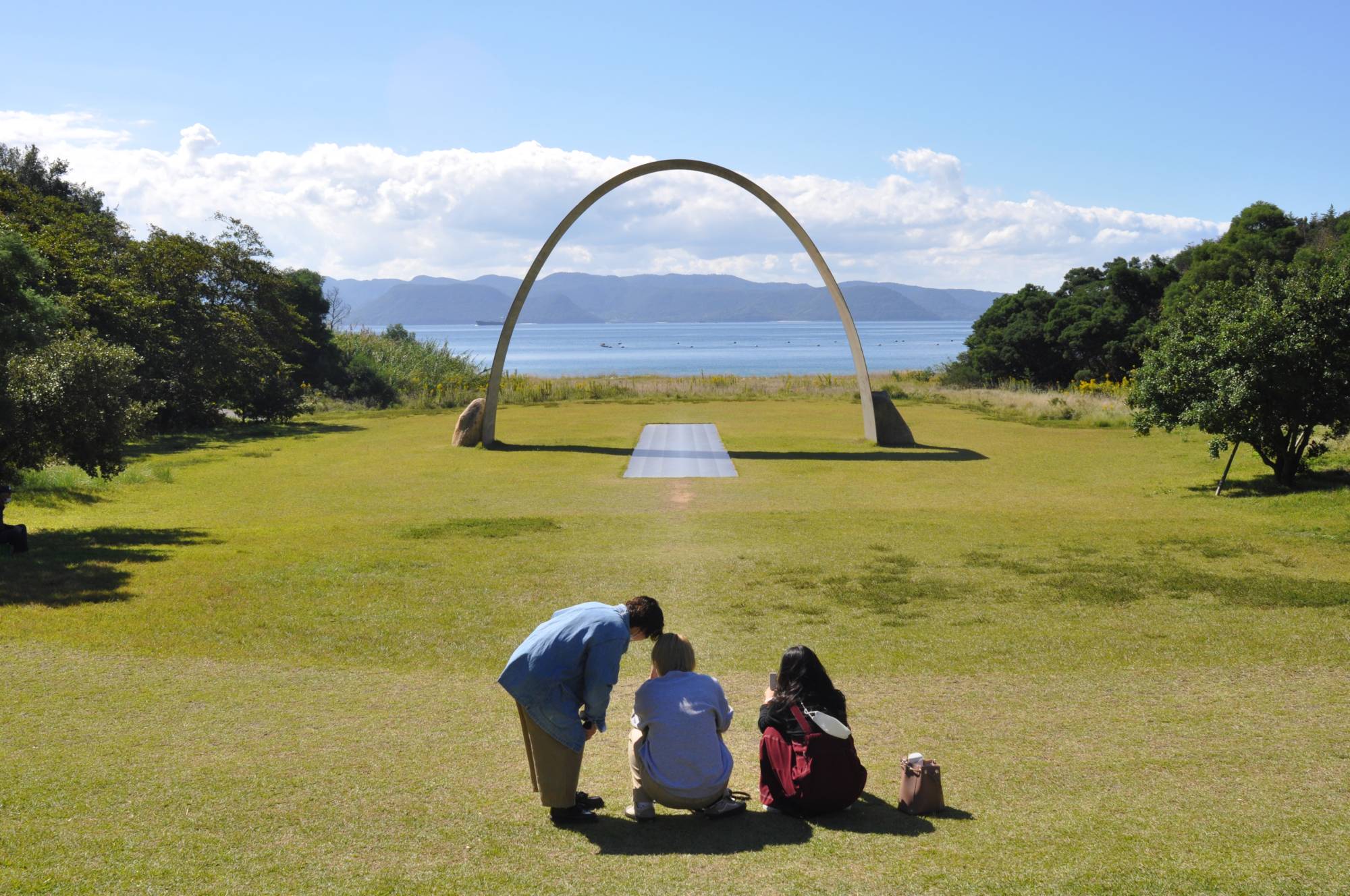This year, some of Japan’s biggest art events came, if not roaring, then excitedly murmuring, back. The Setouchi Triennale opened on April 14, Echigo-Tsumari Art Triennale on April 29 and the Aichi Triennale on July 30, and all three ran through the fall.
The majority of the events took place before Japan’s borders opened completely to tourists on Oct. 11, and for Setouchi and Aichi, attendance numbers were down by about 30% to 40% compared to previous editions. But, people still had plenty of opportunities to queue for congested boats to participating islands and jostle to take selfies without extras in the background. The mostly masked visitors were asked to disinfect their hands and do compulsory temperature checks, but the return to crowded in-person events signaled a confident stride toward a new normal for Japan’s art scene.
















With your current subscription plan you can comment on stories. However, before writing your first comment, please create a display name in the Profile section of your subscriber account page.